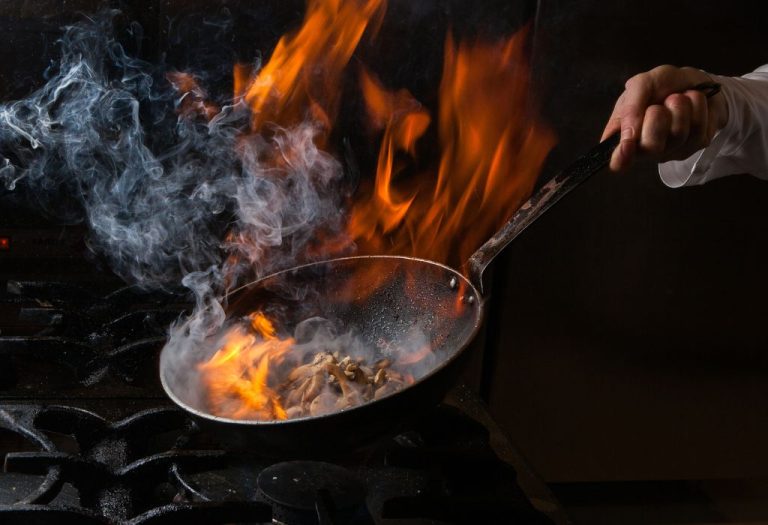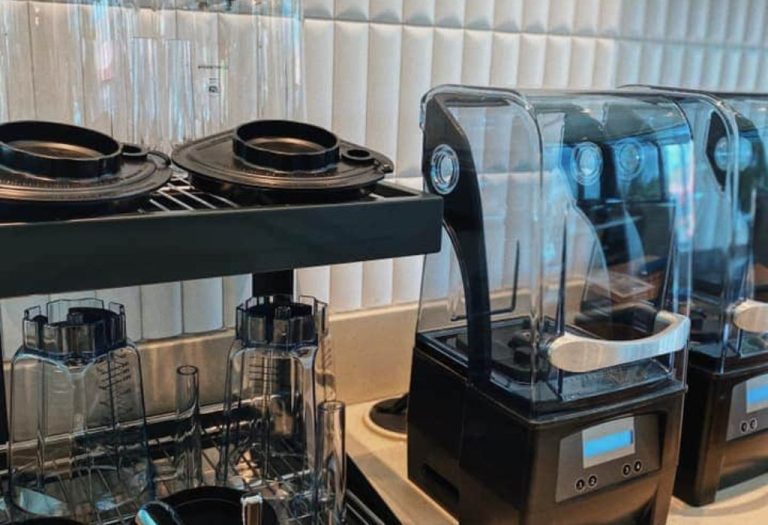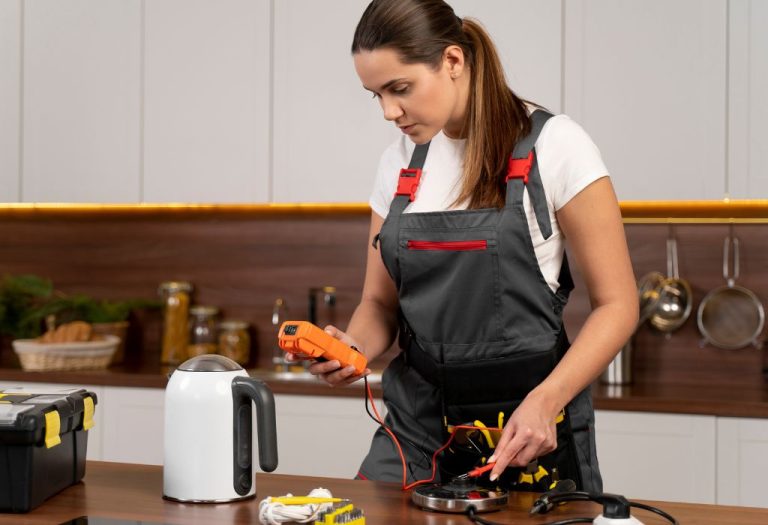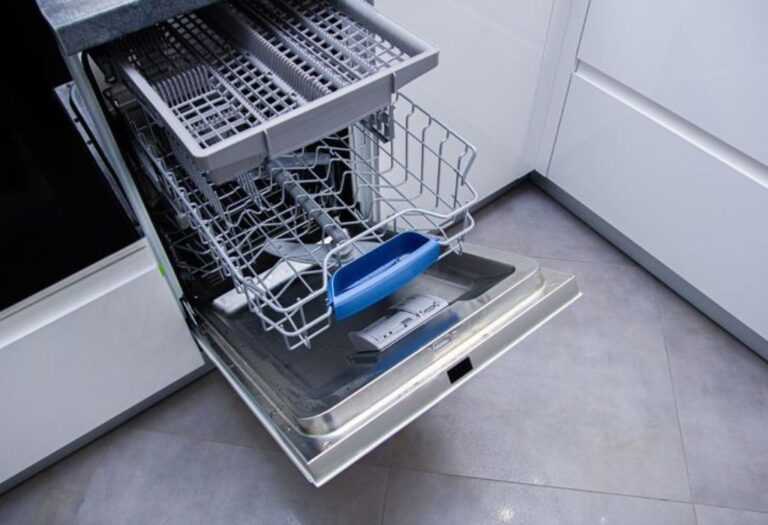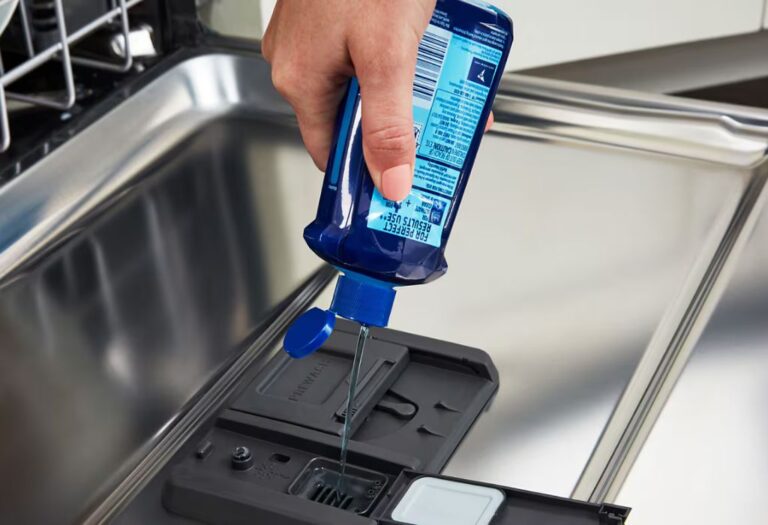A shiny new pan promises easy cooking, but the question remains: is aluminum ceramic cookware safe for daily meals. Labels may say “nontoxic” or “PFAS-free,” yet many buyers are unsure what those claims really mean.
The problem is that cookware safety depends on more than marketing. The materials, coatings, and heat limits all influence whether a pan is safe to use.
Curiosity grows because some coatings still raise chemical concerns. The FDA notes that certain PFAS compounds are authorized in food-contact applications 【https://www.fda.gov/food/chemical-contaminants-food/authorized-uses-pfas-food-contact-applications】, while ceramic alternatives are designed to avoid them.
Health experts also stress that there is no safe level of lead exposure 【https://www.cdc.gov/nceh/lead/prevention/health-effects.htm】. This makes careful product choice essential, especially with imported cookware.
Aluminum ceramic pans offer benefits such as fast heating and a slick, PFAS-free surface. Still, safety depends on durability, brand transparency, and proper care over time.
Is Aluminum Ceramic Cookware Safe?
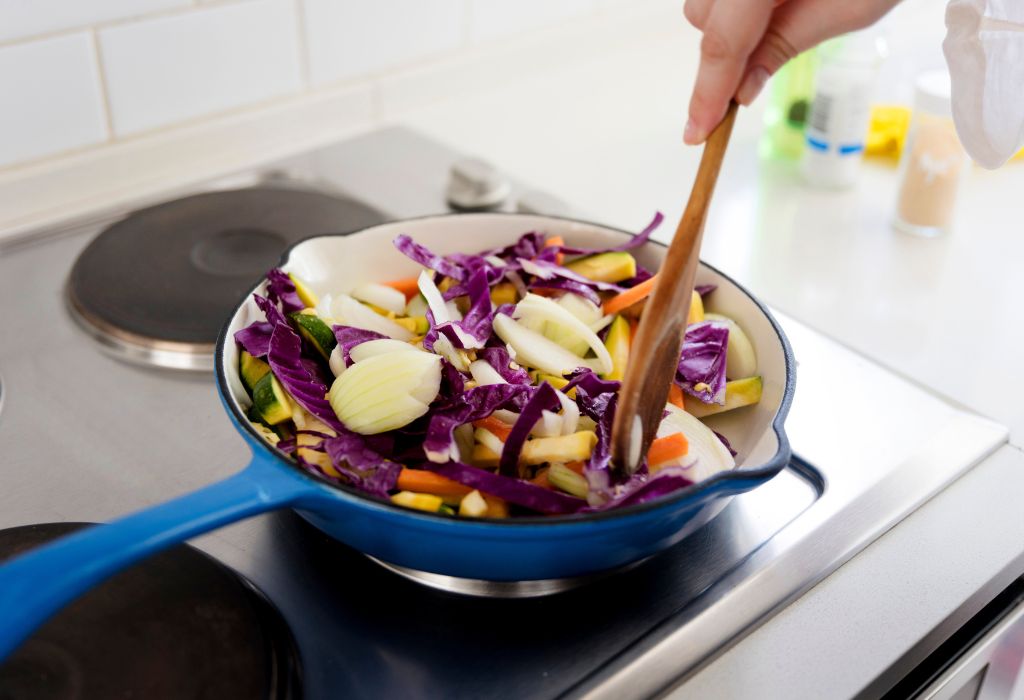
Aluminum ceramic cookware combines an aluminum base with a mineral-based ceramic coating. The aluminum provides quick, even heat, while the ceramic layer creates a nonstick surface that avoids PFAS and PTFE.
This construction reduces direct contact between food and the aluminum core. The ceramic coating acts as a barrier, lowering concerns about aluminum leaching into meals.
Most reputable brands also test to ensure their products are free from lead and cadmium. This is important because even small amounts of heavy metals can pose health risks.
When used within the recommended heat limits, aluminum ceramic cookware is generally considered safe for daily cooking. The key is to choose trusted brands and replace pans once the coating shows significant wear.
What Aluminum Ceramic Actually Means
The phrase “aluminum ceramic” can be misleading because the cookware is not made of solid ceramic. Instead, it features an aluminum body coated with a ceramic-based nonstick layer.
The aluminum base is lightweight and highly conductive, allowing heat to spread quickly and evenly across the pan. This makes it efficient for everyday cooking tasks like sautéing and frying.
The ceramic coating is usually a sol-gel derived from silica, designed to provide a slick, PFAS-free cooking surface. It avoids PTFE and PFOA, which are often linked to concerns about chemical safety.
Marketing terms such as “nontoxic” and “eco-friendly” are common, but these claims are not strictly regulated. Transparent labeling and independent testing are the most reliable indicators of product safety.
In practice, “aluminum ceramic” describes a hybrid design that balances the performance of aluminum with the safety-focused appeal of ceramic nonstick.
Core Safety Factors
Safety concerns with aluminum ceramic cookware usually center on chemicals, heavy metals, and heat. Each factor influences how safe the pans remain over time.
PFAS and PTFE have been linked to health risks when overheated, but ceramic coatings are marketed as PFAS-free. Choosing ceramic-lined aluminum helps reduce exposure to these synthetic compounds.
Lead and cadmium are more serious threats, particularly in imported or poorly regulated cookware. Trusted brands publish testing data to confirm their products meet strict safety standards.
Aluminum itself has been studied for decades, and normal exposure from cookware is considered low. The ceramic coating further minimizes leaching by serving as a barrier between food and the metal core.
High heat remains a key issue for safety. Ceramic coatings can degrade if exposed to extreme temperatures, so following manufacturer guidelines is critical for maintaining performance and non-toxicity.
Performance & Durability
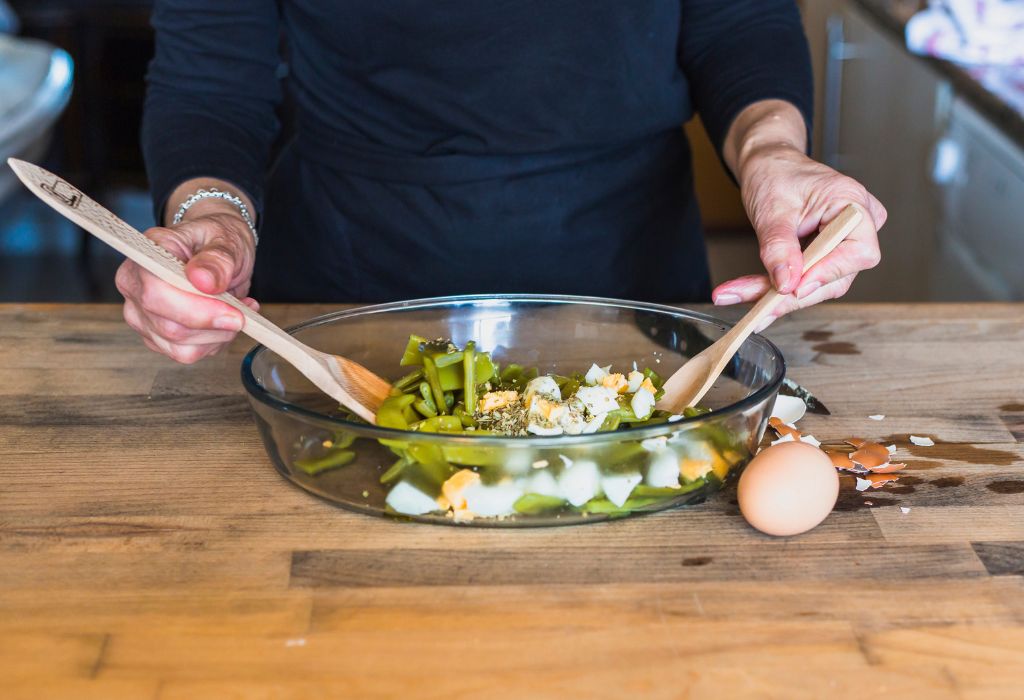
Aluminum ceramic cookware is valued for its quick heating and light weight. The aluminum base distributes heat evenly, which helps reduce hot spots and ensures consistent cooking results.
The ceramic coating delivers easy food release without the need for large amounts of oil. This makes it a convenient choice for healthier cooking methods.
Durability is often the trade-off. Ceramic coatings tend to wear faster than PTFE-based nonstick, leading to a shorter overall lifespan.
Care plays a major role in performance. Using lower heat, avoiding metal utensils, and handwashing help preserve the coating and extend the usefulness of the cookware.
Induction compatibility is not guaranteed, as many aluminum pans require a steel plate to work on induction stovetops. Checking manufacturer details ensures the cookware matches kitchen needs.
Safe Use & Care
Proper cooking habits are essential for keeping aluminum ceramic cookware safe. Using medium heat prevents the coating from breaking down and preserves nonstick performance.
Nonstick sprays and harsh cleaning tools can damage the ceramic surface. Wooden or silicone utensils, along with mild soap and handwashing, help extend the lifespan of the coating.
Allowing cookware to cool before rinsing avoids thermal shock that can weaken both the ceramic layer and the aluminum core. This small step protects the structure over time.
Inspecting pans regularly for chips, scratches, or worn areas ensures food never comes in contact with compromised surfaces. Replacing cookware at the first signs of significant wear maintains safety.
By following these practices, aluminum ceramic cookware remains effective and safer for daily use.
Comparisons
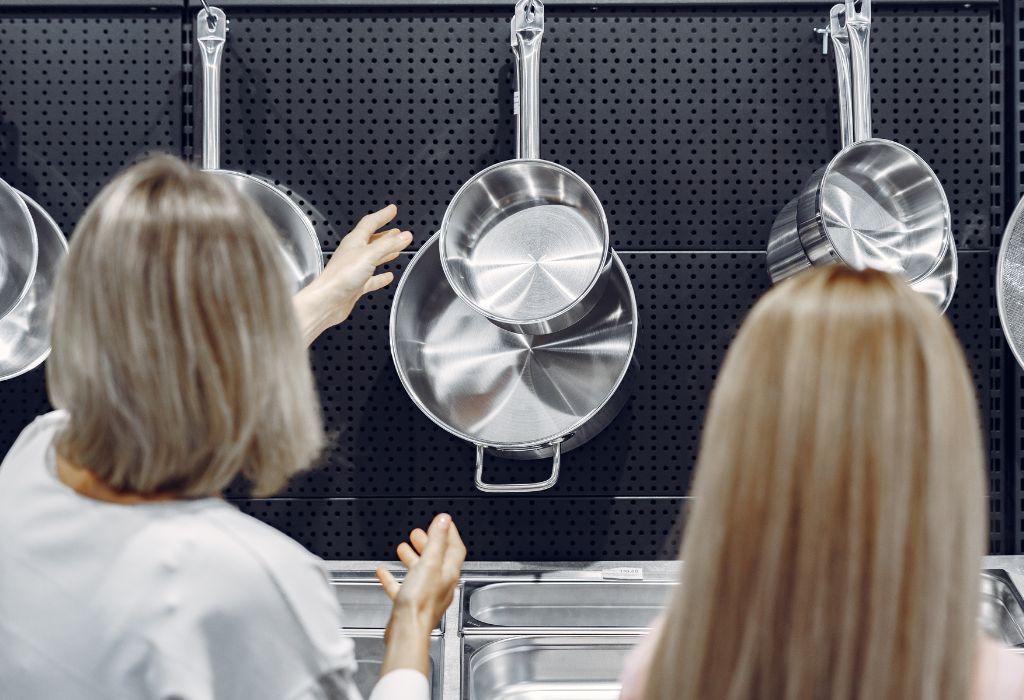
Aluminum ceramic cookware is often compared to PTFE-based nonstick pans. Ceramic avoids PFAS concerns but may lose its nonstick qualities more quickly.
Stainless steel is highly durable and free from coatings, but it requires more oil and technique to prevent food from sticking. It is often chosen for longevity rather than convenience.
Cast iron and carbon steel develop a natural nonstick layer through seasoning. These pans are free of synthetic chemicals but need consistent care to prevent rust and maintain performance.
Pure ceramic cookware differs from ceramic-coated aluminum. It is made entirely from ceramic materials, which eliminates aluminum exposure but makes the pans more fragile and prone to chipping.
Each material offers its own balance of safety, durability, and ease of use. The best choice depends on whether the priority is nonstick convenience, long-term performance, or complete avoidance of coatings.
Buying Checklist
Safety begins with clear labeling. Look for cookware that specifies “PFAS-free,” “lead-free,” and “cadmium-free” to reduce chemical concerns.
Independent testing is an important sign of reliability. Brands that publish third-party lab results provide stronger proof of product safety.
Temperature ratings should be easy to find on packaging. Knowing whether a pan is safe up to 400°F or 500°F helps prevent damage and preserves the coating.
Induction compatibility and oven-safe limits are also important for practical use. Checking these details ensures the cookware matches your cooking style and appliances.
Be cautious with vague marketing terms such as “eco-friendly” or “nontoxic” without supporting evidence. Transparent disclosures and clear instructions are the best indicators of a trustworthy product.
Conclusion
So, is aluminum ceramic cookware safe for daily cooking. The answer is yes, when it is used within recommended heat limits and purchased from reputable brands.
The aluminum core provides efficiency, while the ceramic layer reduces concerns about PFAS and heavy metals. This balance makes it a practical option for many households.
Safety depends on proper care and timely replacement. Following manufacturer guidelines ensures the cookware performs as intended and remains safe over time.
For buyers seeking a lightweight, PFAS-free alternative to traditional nonstick, aluminum ceramic cookware can be a smart choice. With careful use, it offers both convenience and peace of mind in the kitchen.
I’m Emma J. Caldwell, the founder, lead writer, and home-cooking enthusiast behind KitchenGuideCo.com. With a background in culinary arts and over a decade of cooking experience in both professional and personal kitchens, I created this platform to demystify recipes, offer smart kitchen gadget reviews, and guide readers through meal prep with confidence and clarity.

